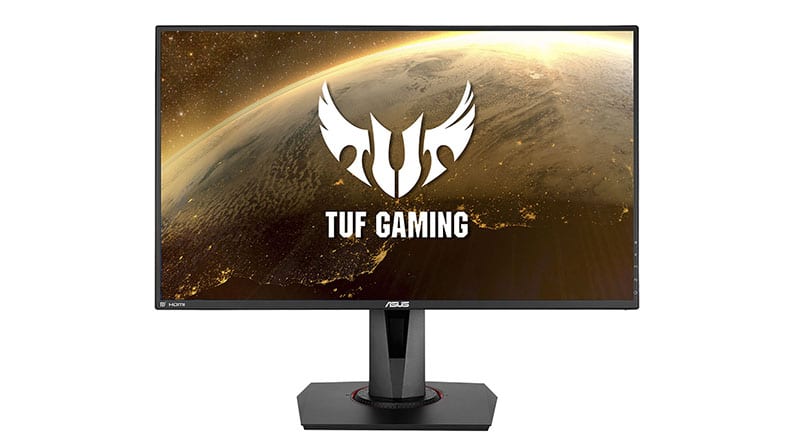- Joined
- Oct 9, 2007
- Messages
- 47,675 (7.43/day)
- Location
- Dublin, Ireland
| System Name | RBMK-1000 |
|---|---|
| Processor | AMD Ryzen 7 5700G |
| Motherboard | Gigabyte B550 AORUS Elite V2 |
| Cooling | DeepCool Gammax L240 V2 |
| Memory | 2x 16GB DDR4-3200 |
| Video Card(s) | Galax RTX 4070 Ti EX |
| Storage | Samsung 990 1TB |
| Display(s) | BenQ 1440p 60 Hz 27-inch |
| Case | Corsair Carbide 100R |
| Audio Device(s) | ASUS SupremeFX S1220A |
| Power Supply | Cooler Master MWE Gold 650W |
| Mouse | ASUS ROG Strix Impact |
| Keyboard | Gamdias Hermes E2 |
| Software | Windows 11 Pro |
ASUS rolled out the ROG Strix XG27WQ, a 27-inch curved gaming monitor. With a 1500R curvature, this monitor offers WQHD (2560 x 1440 pixels) resolution through a VA panel. Boosting its gaming chops are 165 Hz refresh-rate, 1 ms (GTG) response time, ELMB (ASUS extreme low motion blur), and AMD FreeSync Premium Pro certification. The panel meets DisplayHDR 400 specs and supports HDR-10. Other vital panel specs include 178°/178° viewing angles, 3000:1 contrast ratio, and 125% sRGB / DCI-P3 92% color saturation.
The ROG Strix XG27WQ features ASUS' typical tripod base with an ROG logo projection, with height-, swivel-, and tilt adjustments. Display inputs include a DisplayPort 1.2a and two HDMI 2.0 ports. A 3.5 mm headphones jack puts out digital audio from the graphics card. There's also a 2-port USB 3.0 hub. Among the gamer-specific features are ASUS GamePlus suite, which includes hard crosshairs, timer, FPS counter, and display alignment; ASUS GameVisual, a set of game genre-specific display presets; and low blue-light mode. ASUS didn't reveal pricing.
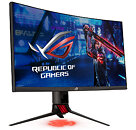
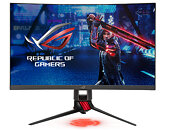
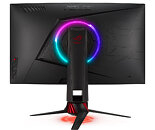
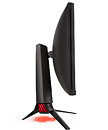
View at TechPowerUp Main Site
The ROG Strix XG27WQ features ASUS' typical tripod base with an ROG logo projection, with height-, swivel-, and tilt adjustments. Display inputs include a DisplayPort 1.2a and two HDMI 2.0 ports. A 3.5 mm headphones jack puts out digital audio from the graphics card. There's also a 2-port USB 3.0 hub. Among the gamer-specific features are ASUS GamePlus suite, which includes hard crosshairs, timer, FPS counter, and display alignment; ASUS GameVisual, a set of game genre-specific display presets; and low blue-light mode. ASUS didn't reveal pricing.




View at TechPowerUp Main Site


 Just a few years back this set of specs was considered state of the art.
Just a few years back this set of specs was considered state of the art. Other than that, it's a great monitor.
Other than that, it's a great monitor.


